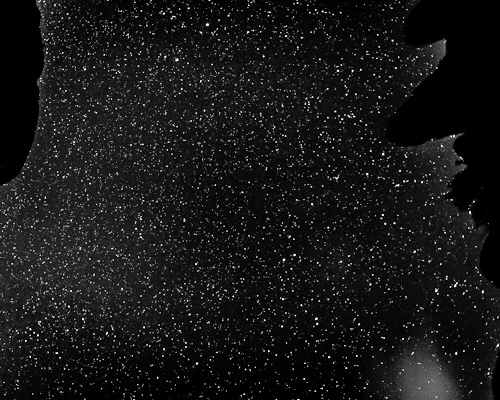This is a quick reference guide for night lapse photography. A successful attempt will expose 1 frame from the camera, for the longest time possible, at a desired ISO… to capture a still image of the sky without any star trails.
To do this we typically reference the 500 Rule or maybe the 300 rule if we are being conservative..
The 500 Rule states that due to the rotation of the earth there is a maximum amount of time you ’should’ expose a still frame to not generation star trails on the resulting image. Star trails are when a single exposure ‘drags’ the star light across the sky and it looks like the stars are moving through the sky in a long exposure.
STEP 1
Determine the focal length of the lens for the night exposure you would like to use. In my case this is usually 35mm.
STEP 2
Divide 500 / 35 mm = 14.285. This resulting number is the maximum amount of seconds of exposure before stars ’trail’
STEP 3
With 14.285 seconds.. I always round down > to nearest whole second = 14 seconds and subtract at least 1 second = 13 seconds. I typically do this because i find that a wide lens will show some star movement trails towards the end of the frame even when the center of the frame shows no star movement.
STEP 4
With 13 seconds I now have 1 of the 3 legs of the exposure triangle. The triangle is Aperture, ISO and Shutter Speed. Here we found Shutter Speed.. On to ISO next..
STEP 5
Determine the 2nd leg which is ISO.
Getting right to the point, maximum ISO to use is more alchemy than pure science for me. ISO selection is both a function of ambient light, such as city lights and other light in the sky… keeping in mind, a low ISO will not expose the stars properly while too large of an ISO will result in digital noise exponentially as you increase that ISO sensitivity. When using my 5D Mark III would typically stay in range of 3200 > 6400.
Lets assume i have decided at ISO 6400 at 16 seconds of exposure so far.
STEP 6
STEP 7
Putting it all together
So we now know all 3 variables to take an exposure..
focal length = 35mm
shutter speed = 13 seconds
ISO = 6400
Aperture = f/1.4
